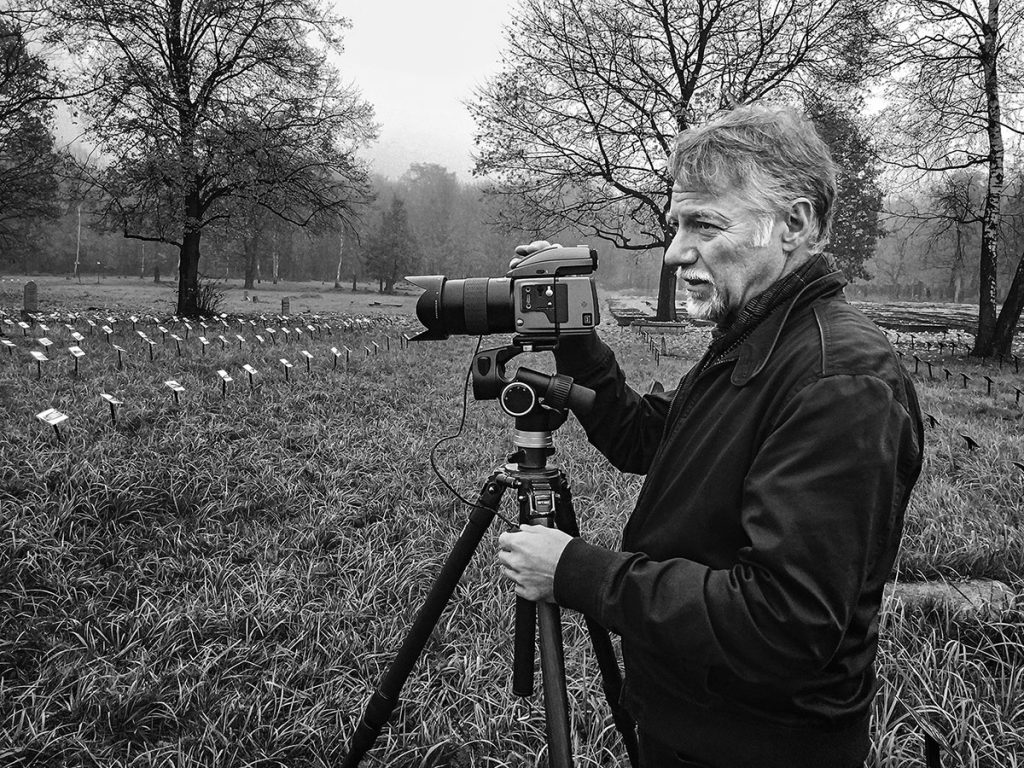OTTAWA – Recalling past human atrocities can be both a politically delicate exercise for governments and a deeply personal journey for survivors and those close to them.
Last September, the Canadian government unveiled a monument to honor the victims and survivors of the Holocaust near the Canadian War Museum in Ottawa.
But the main plaque did not directly address the murder of 6 million Jews as the Nazis’ main target and only acknowledged the National Holocaust Monument as a commemoration to “the millions of men, women and children” deliberately killed during “one of the darkest chapters in history.”

